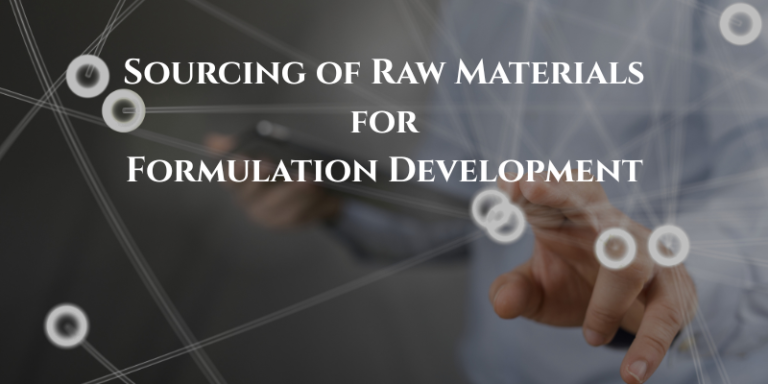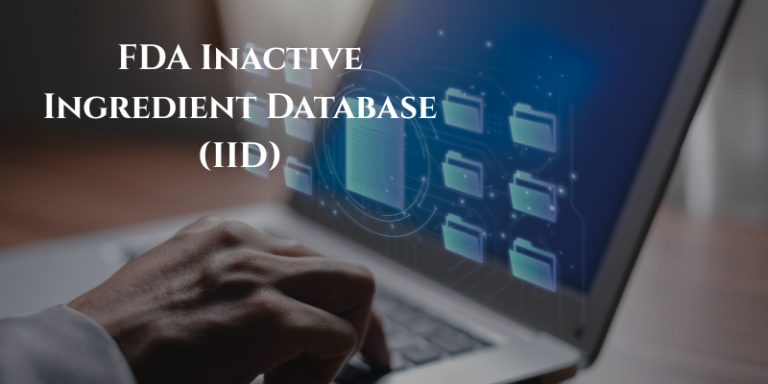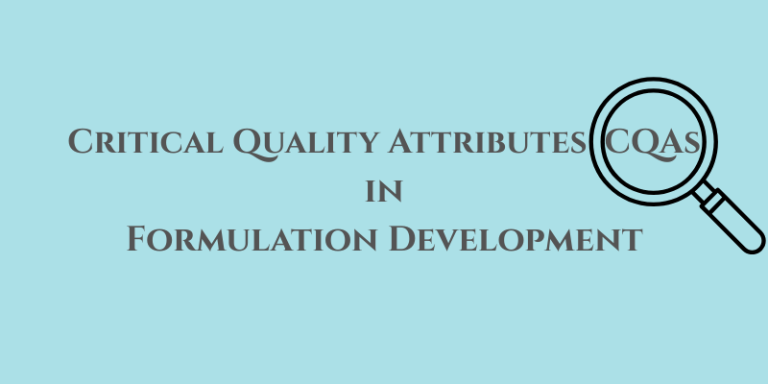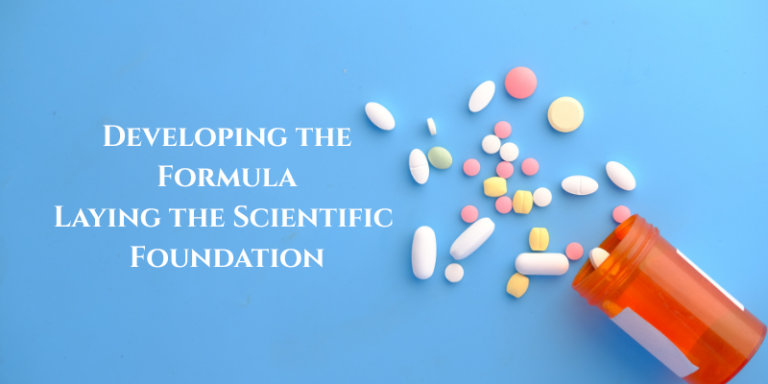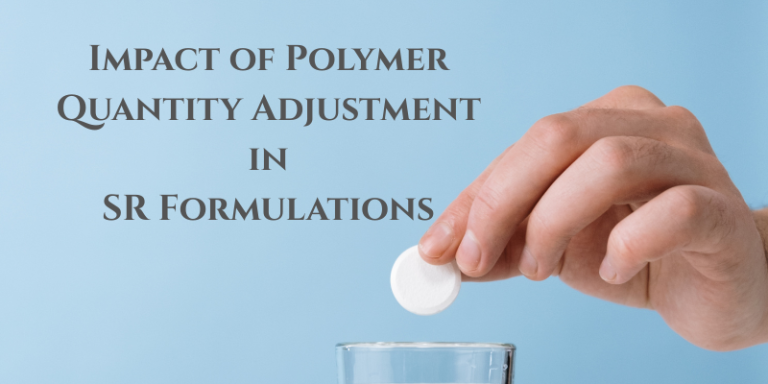Sourcing of Raw Materials for Formulation Development
In generic drug development, the materials you source dictate everything downstream—from formulation consistency and regulatory approval to long-term commercial viability. “Your sourcing strategy is not just a procurement exercise—it’s a regulatory foundation.” Here’s what a smart, compliant, and inspection-ready sourcing strategy looks like: 1. Use Only Commercial-Grade Raw Materials Why it matters? Using research-grade or…

